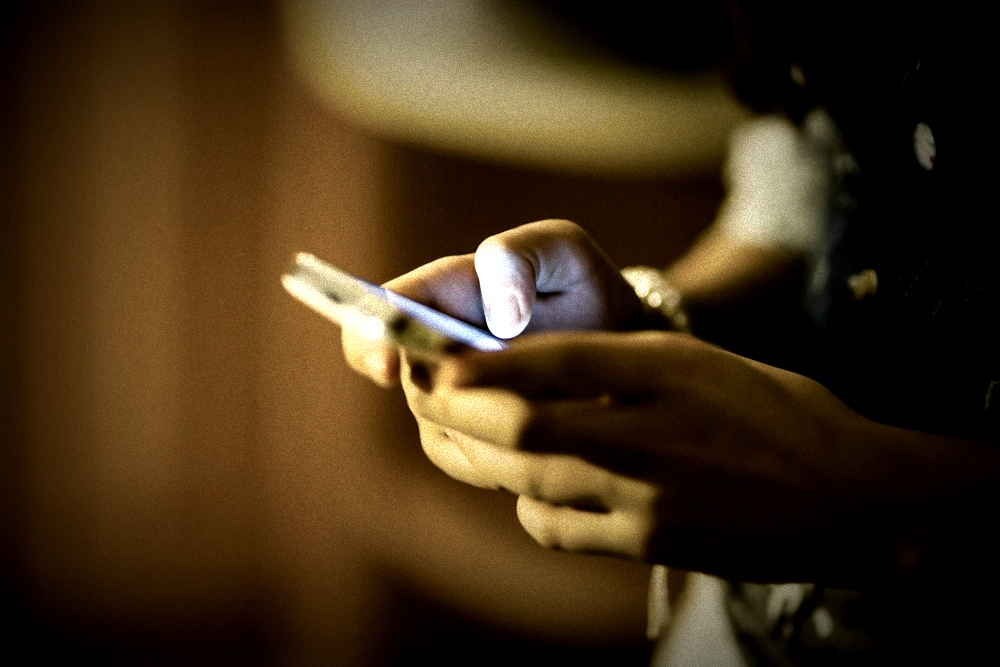You can tell when an internet troll has been smashing away at the keyboard – the page has an unmistakable hiss..
Some remarkable research has turned the spotlight to the trolls to see what lies under their skin.
As in any group, the sickest or most unhealthy person holds a lot of power. Internet trolls are no different. They polarise discussion and solidify opinions one way or another.
Their words are steeped in stingy intent and designed to stoke trouble in innocent and potentially informative conversations.
[bctt tweet=”Remarkable research has turned the spotlight to internet trolls to see what lies under their skin.”]
So what sort of person is a troll?
Research has found what we all suspected – they’re awful people. Awful. The type we would run far away from if we could, well out of their reach, but with enough of a view to see what it looks like when karma finally does it’s job.
Researchers looked at the personality profiles and internet commenting styles of 1215 people.
What they found was that trolls rated highly on the following four measures:
- sadism (finding pleasure in others’ pain);
- narcissism (selfish, self-centred, lacking in empathy, craving attention);
- psychopathy (antisocial, lacking in empathy and remorse)
- Machiavellianism (deceptive and manipulative)
Of all the personality measures, sadism had the strongest association with trolling. As explained by the researchers, ‘cyber-trolling appears to be an internet manifestation of everyday sadism.’
The behavior of trolls speaks eloquently of their dysfunction and their end goal of making those within reach of them miserable. The very nature of their personality means that the more attention they are given, the more they will exploit the opportunity to impart misery in full public view.
They cannot be ‘talked into’ being better people.
Although this research specifically examined cyber bullies, I can’t see how the findings would be any different for bullies in the real world.
The only way to deal with an internet troll is to hit the delete button. They believe that attention is their birthright so don’t give it. Walk away and hold on tightly to that delicious bundle of power that could have been theirs.
If you are quiet enough when walk, you’ll hear them groaning in pain at the loss.
[irp posts=”793″ name=”Toxic People: 12 Things They Do and How to Deal with Them”]



Leave a Reply